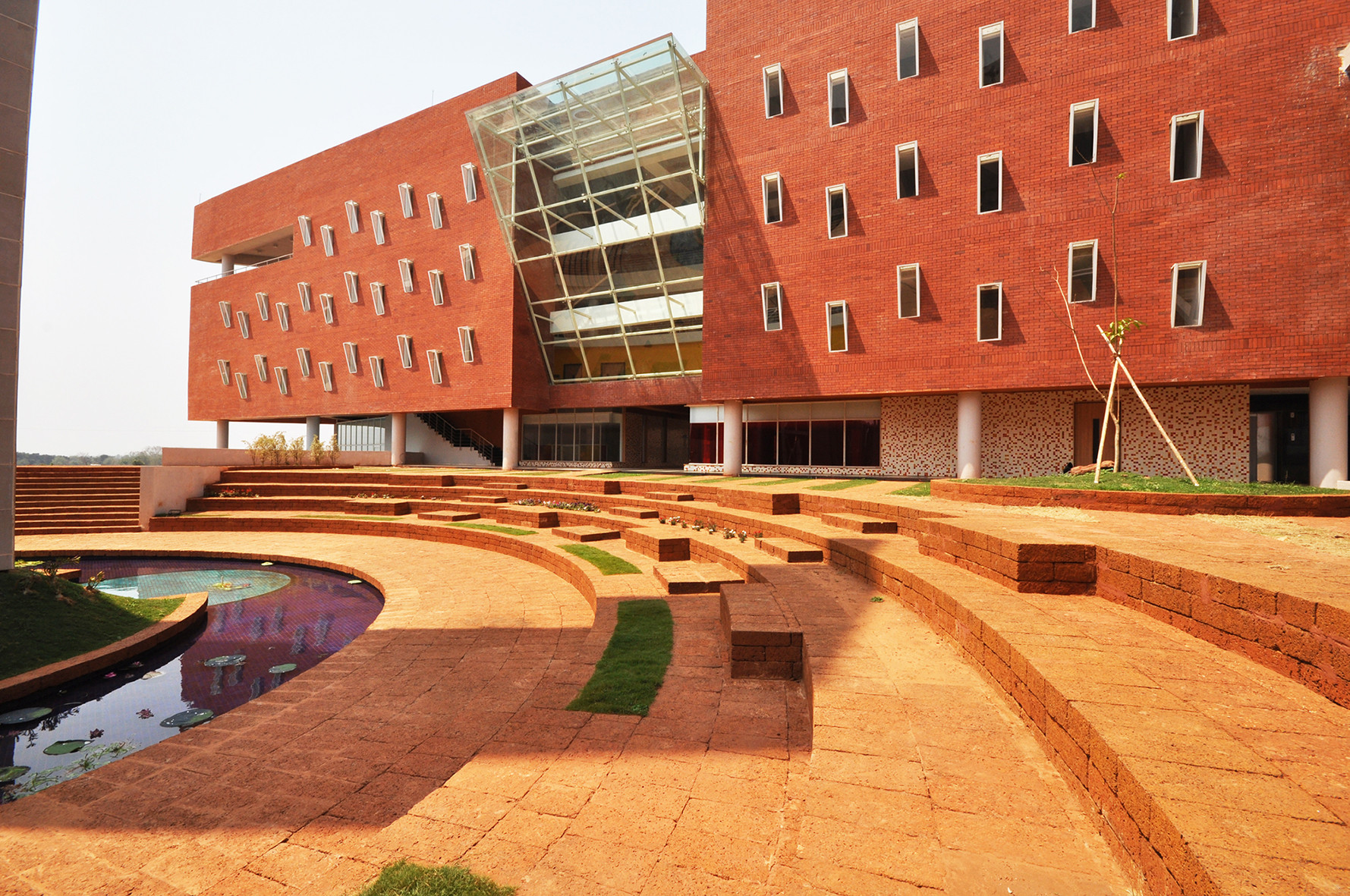
Indian Architect & Builder, through a two-part series titled ‘Practices of Consequence’ (Volumes I and II), delves deeper into contemporary Indian practices that have carved a unique identity and place for themselves in the country today. This article, part of the first volume of the series, takes a closer look at ‘Abin Design Studio’, a Kolkata-based architectural firm.
In a city that, though culturally rich, has remained fairly neglectful of contemporary architectural developments, Abin Design Studio’s dynamic philosophy attempts to trigger a ‘think revolution’ by challenging the conventional and recreating the city-scape of Kolkata. Abin Design Studio was founded in October 2005 by Abin Chaudhuri, who partnered with Jui Mallick in 2006. What started off as a small three-person firm is now a frontline organisation rendering complete design solutions from conceptualisation to realisation of space, object and visual.
The projects have a strong spatial quality which fuse lessons from past traditions with aspirations of the present in a sparkling coup of energy. Their passion to transform and nerve to challenge is almost incomparable. Indian Architect & Builder’s interview with the founders, after the break…



































